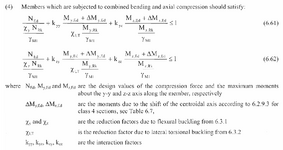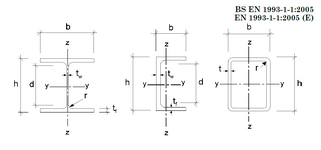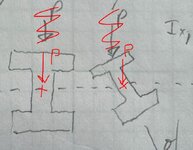Trusslover
Structural
Hello dear colleagues,
After many years browsing this great forum to find useful answers, I have finally created an account to ask my first question which I've had for a while but couldn't find answers to.
In the Eurocode 3 for steel, when looking at combined bending and compression in section 6.3.3 you find two formulas (see attached) where you combine the utilization ratios of N + My + Mz.
Why do we only apply the Chi LT reduction factor for lateral buckling to My but not Mz?
I often work with square hollow section beams, and I can think of cases where Mz would be greater than My in the structures I work with.
So I usually apply Chi LT to both (which might be conservative?), but I'd like to understand why the codes say otherwise.
After many years browsing this great forum to find useful answers, I have finally created an account to ask my first question which I've had for a while but couldn't find answers to.
In the Eurocode 3 for steel, when looking at combined bending and compression in section 6.3.3 you find two formulas (see attached) where you combine the utilization ratios of N + My + Mz.
Why do we only apply the Chi LT reduction factor for lateral buckling to My but not Mz?
I often work with square hollow section beams, and I can think of cases where Mz would be greater than My in the structures I work with.
So I usually apply Chi LT to both (which might be conservative?), but I'd like to understand why the codes say otherwise.




